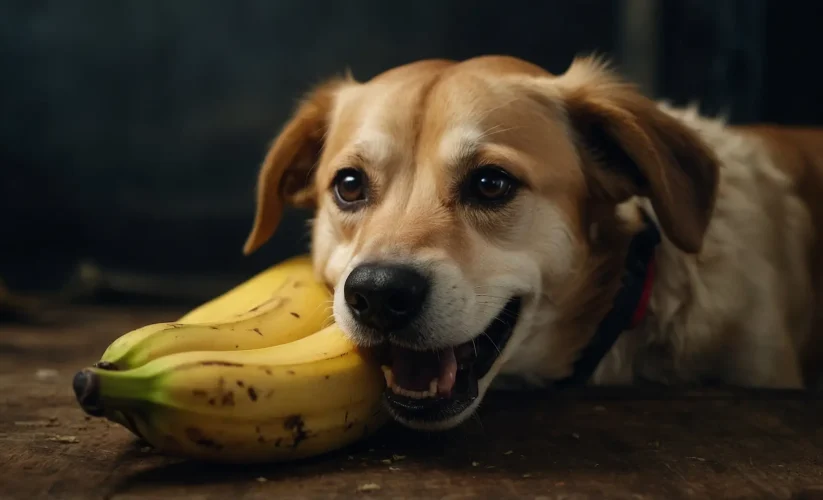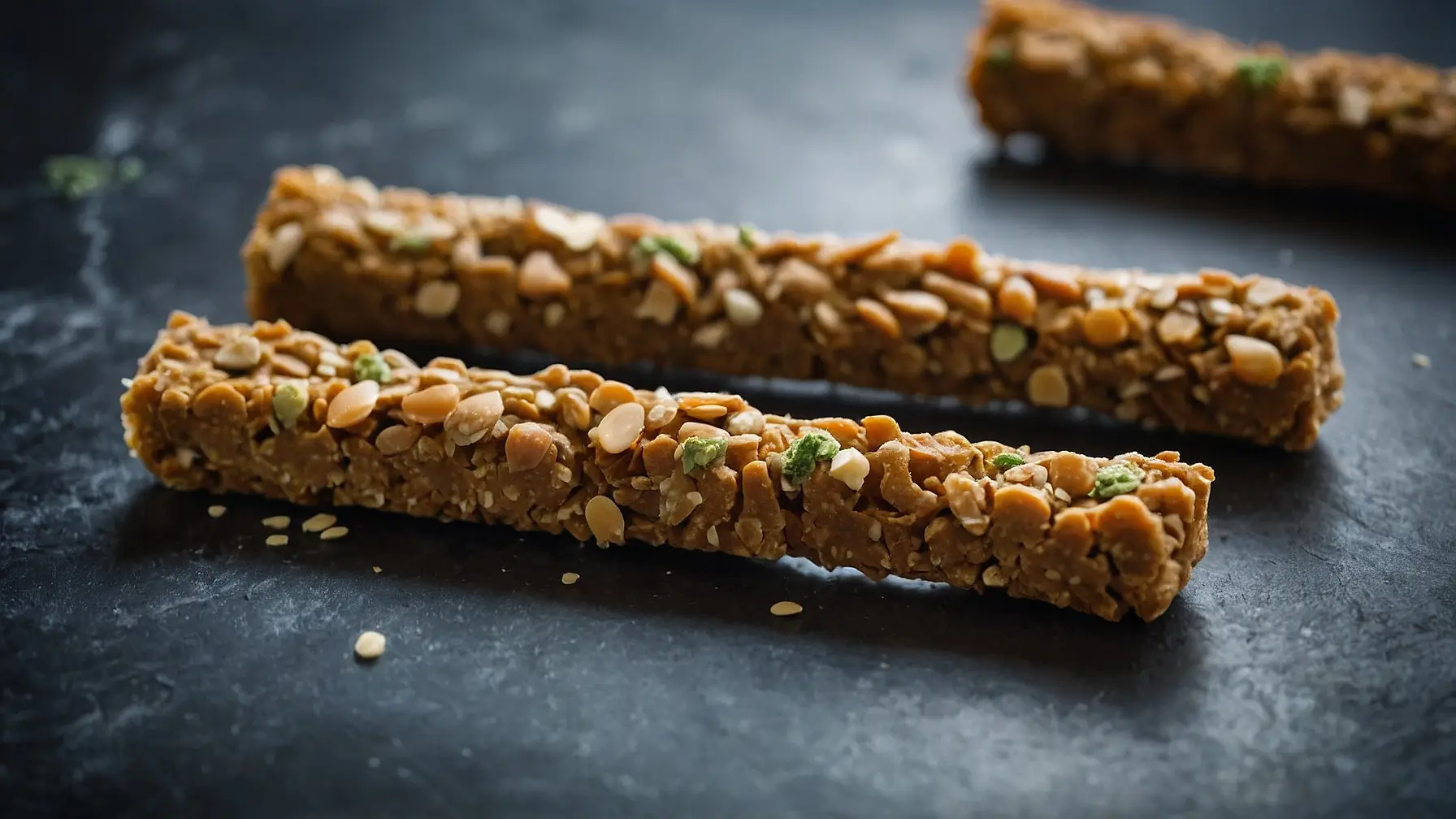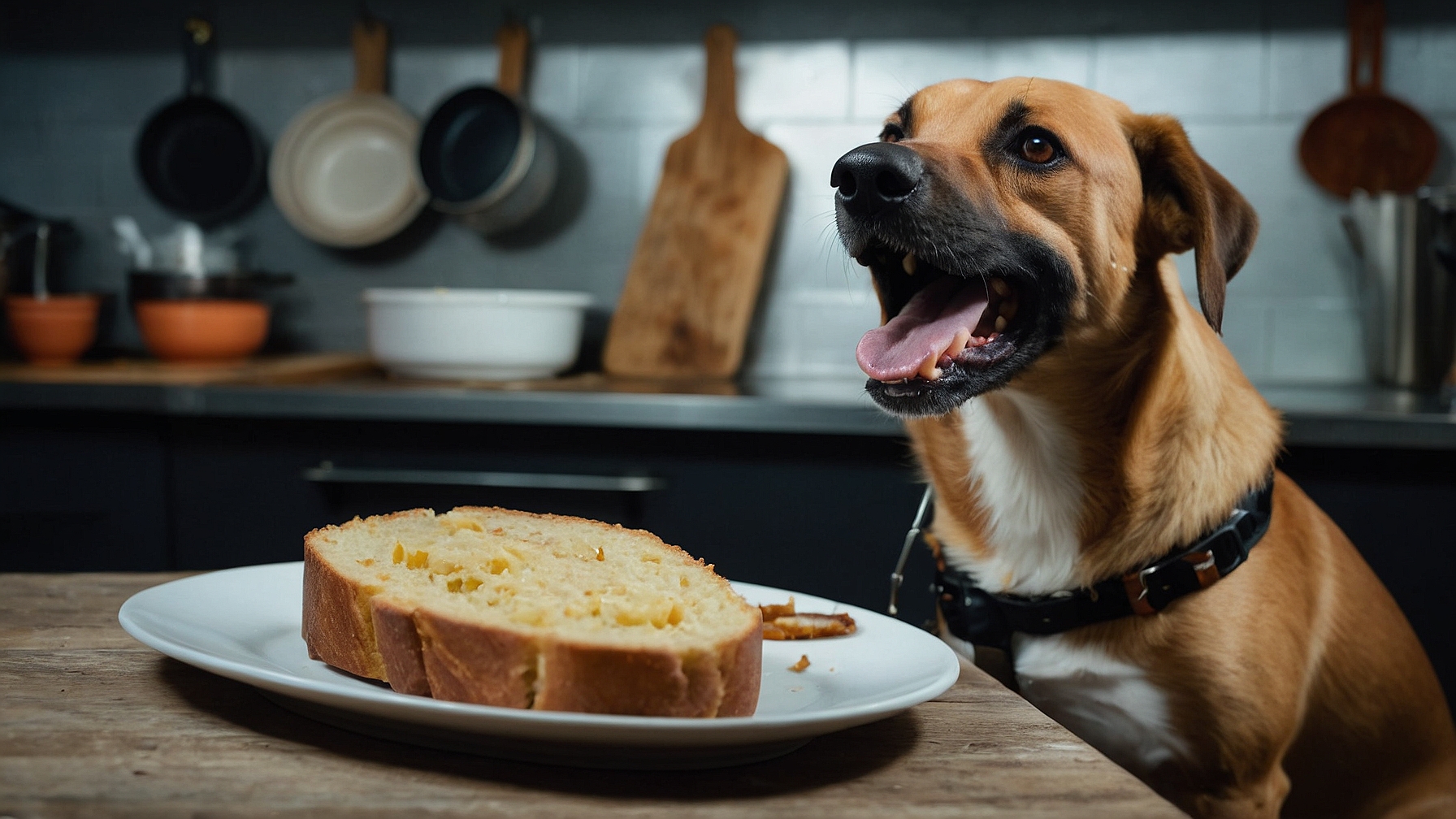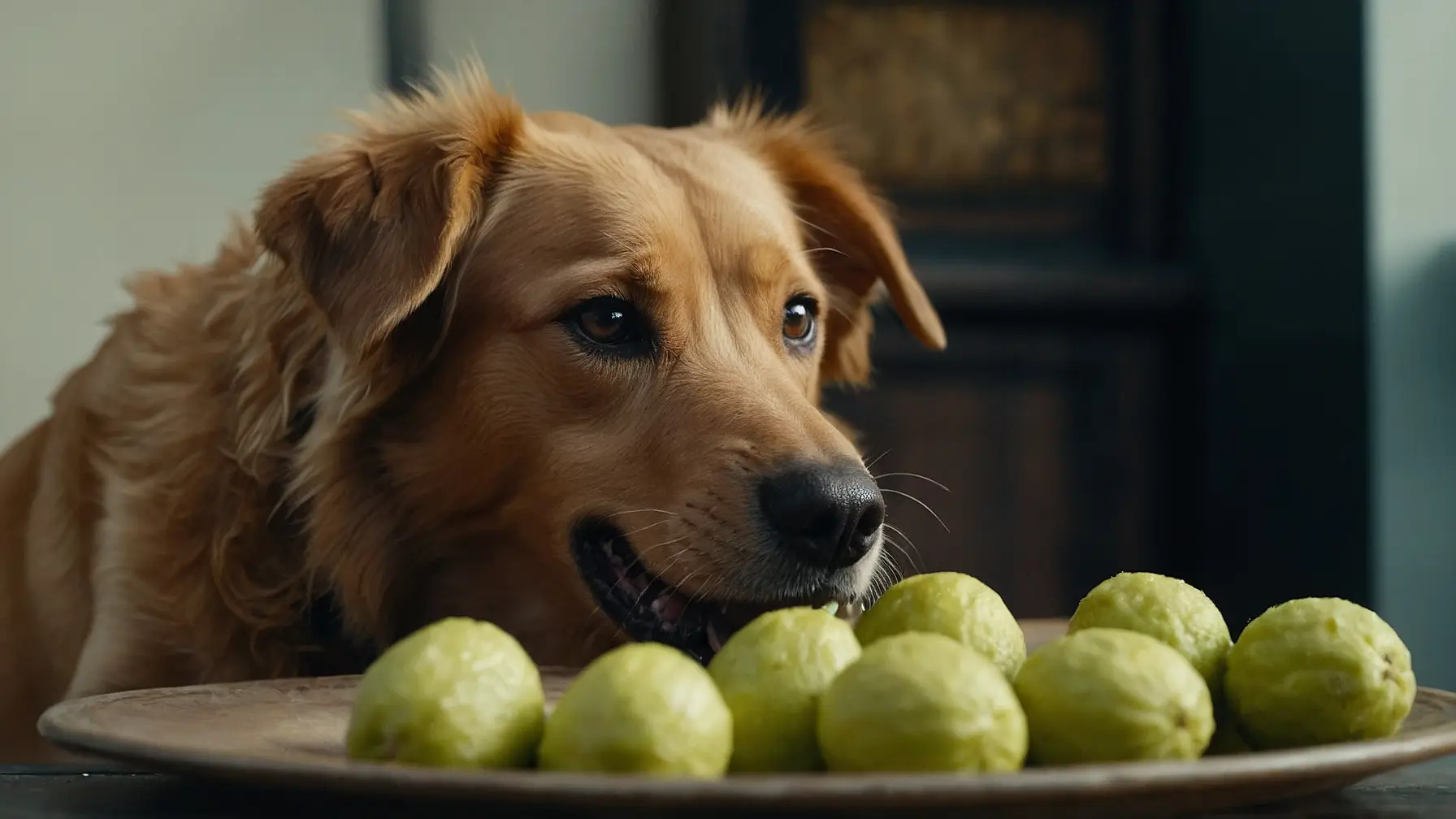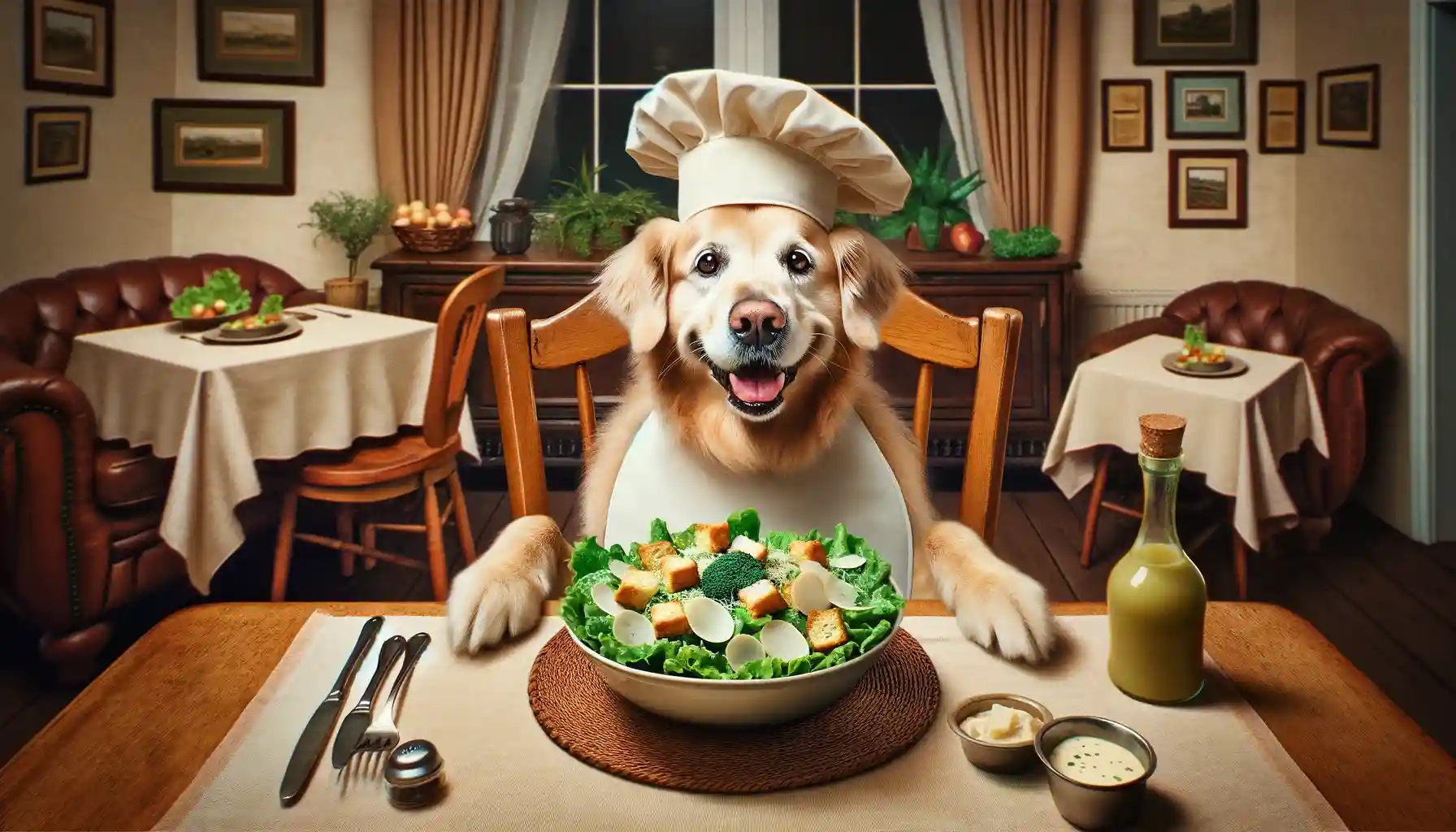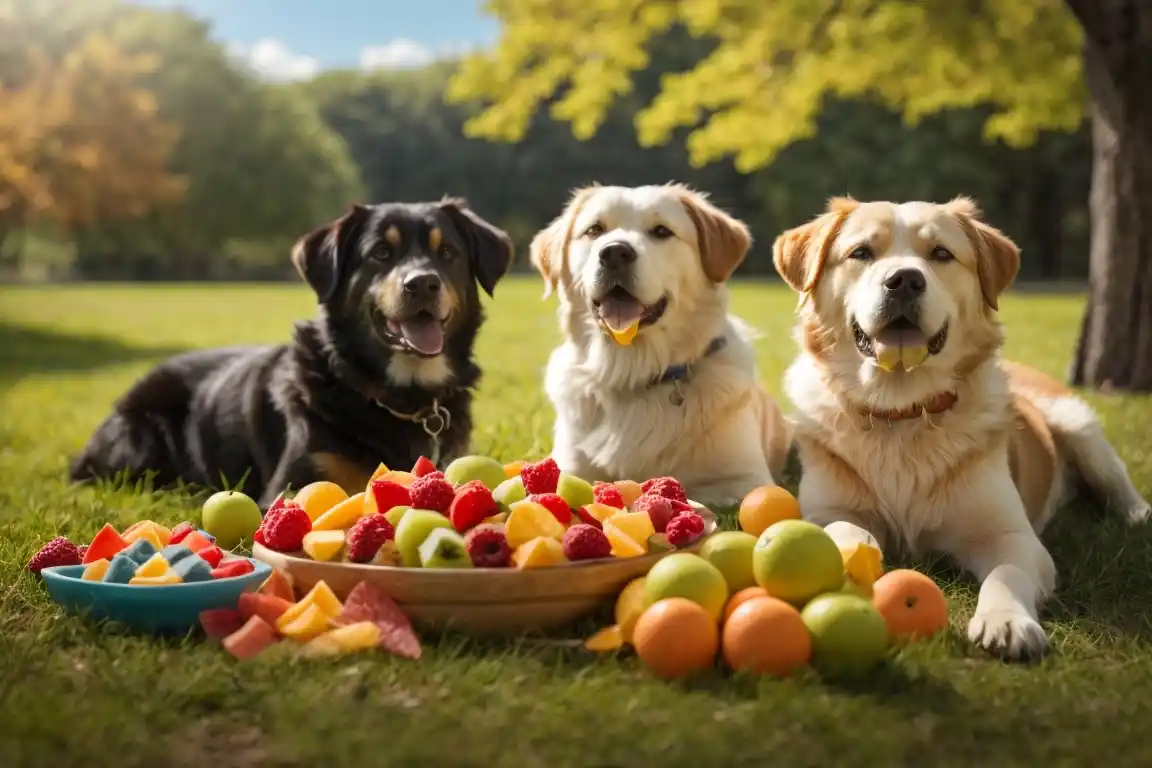Can Dogs Eat Peanut Butter?
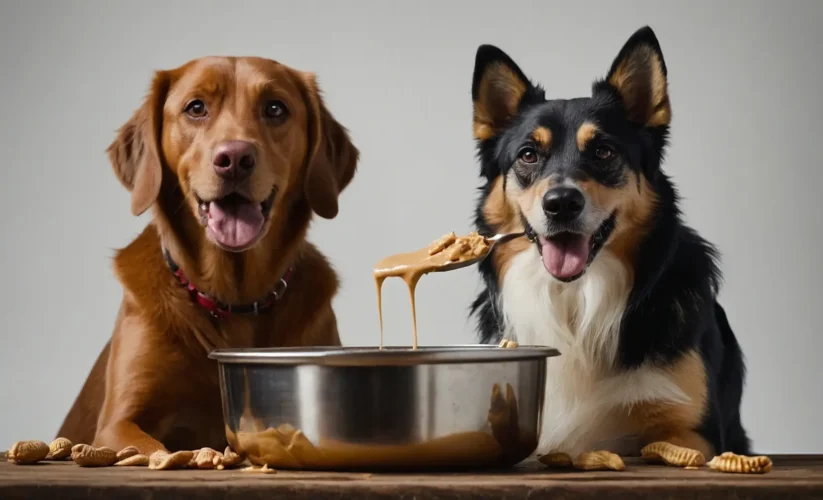
As pet parents, we often find ourselves asking, “Can dogs eat this?” The question becomes even more critical when it involves human foods. One food that commonly comes up in this discussion is peanut butter. In short, the answer is yes, dogs can eat peanut butter, but there are essential factors to consider before sharing this delightful treat with your furry friend.
Understanding the Nutritional Value of Peanut Butter for Dogs
Peanut butter is not just a tasty treat for dogs, but it also brings several nutritional benefits. It’s rich in protein, which aids in muscle development and repair, and is packed with healthy fats that can provide a nice energy boost. In addition, peanut butter is a decent source of vitamins B and E. These vitamins help keep your dog’s skin and coat healthy and also support their immune system, respectively.
But, as with anything, there’s a flip side to this coin. Peanut butter is calorie-dense and high in fat. Overindulgence can quickly add up, potentially leading to weight gain and associated health problems like pancreatitis and diabetes in your pet. Consequently, while peanut butter can certainly be included in your dog’s diet, it should be done so sparingly and not as a primary food source.
Bear in mind that the benefits and drawbacks can differ based on the type of peanut butter used. Some brands may add sugars or other ingredients that decrease the overall health benefits. Therefore, it’s crucial to check the ingredient list before feeding your dog any peanut butter.
Dangers of Xylitol in Peanut Butter
One potential risk to consider when feeding peanut butter to your pet is the presence of an artificial sweetener known as xylitol. This substance is safe for human consumption but is harmful to dogs. The ingestion of xylitol, even in small quantities, can result in a quick and dangerous drop in a dog’s blood sugar levels, a condition referred to as hypoglycemia. In addition, symptoms can escalate to seizures, liver failure, and in severe cases, can even be fatal for your beloved pet.
For this reason, it’s critical to thoroughly read the ingredients listed on the peanut butter jar. Some brands opt for xylitol as a sweetening agent, especially in ‘sugar-free’ or ‘light’ versions of their product. If xylitol is listed anywhere on the label, it is not safe to feed to your dog.
By being mindful of the ingredients and opting for xylitol-free peanut butter, you can ensure that this tasty treat remains a safe and enjoyable indulgence for your furry friend. Despite the appeal of peanut butter, the wellbeing of your pet should always take priority. Therefore, a careful assessment of what you feed them is necessary to avoid any potential hazards like xylitol.
How Much Peanut Butter Can Dogs Eat?
When it comes to the question of how much peanut butter your dog can eat, moderation is key. Given the high caloric and fat content of peanut butter, it’s essential to limit the portion size for your canine companion. A common guideline recommends that treats should only constitute about 10% of a dog’s daily calorie intake. Thus, when you decide to give your dog peanut butter as a treat, a little bit can go a long way. For smaller dogs, it’s usually sufficient to limit the portion to a half teaspoon. Larger dogs may be able to handle a full teaspoon, but this should still be given sparingly. It’s important to remember that while peanut butter can offer some nutritional benefits, it should not replace a balanced, nutritious diet suitable for your pet. Additionally, each dog is different, and factors such as size, weight, activity level, and overall health should also be considered when determining portion sizes.
The Right Way to Feed Peanut Butter to Your Dog
When it comes to giving your dog a serving of peanut butter, there’s a right and wrong way to do it. One of the safest ways to serve this treat is by placing a small amount on a spoon and letting your dog lick it off. This not only allows you to control the portion size but also reduces the risk of your dog ingesting too much at once, which could lead to choking.
Mixing peanut butter into your dog’s regular meals is also a good way to incorporate this nutritious treat into their diet. Adding a dollop of peanut butter to their kibble can make mealtime extra special and gives them the chance to enjoy their favorite treat in a controlled and safe way.
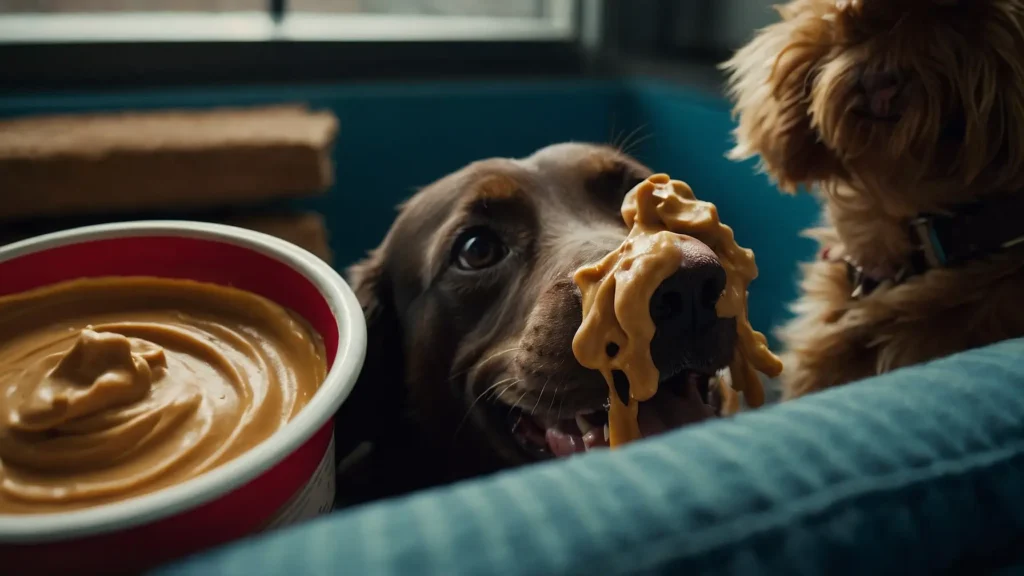
However, it’s important to avoid letting your dog lick peanut butter directly from the jar. This practice may seem cute and harmless, but it could potentially lead to harm. Your dog could accidentally get their face or tongue stuck in the jar, causing them unnecessary distress and even potential injury. Plus, it also makes portion control virtually impossible, and your pet could end up consuming far more peanut butter than is healthy for them.
In summary, serving your dog peanut butter on a spoon or mixed in with their regular food is the safest and most beneficial way to include this treat in their diet. Always remember to serve it in moderation and to keep an eye on your dog while they’re enjoying their peanut butter treat to ensure they’re safe. As with any treat, your dog’s enjoyment should never come at the expense of their safety and well-being.
Alternatives to Peanut Butter for Dogs
If you’re hesitant about the caloric density of peanut butter, you might be interested in exploring other healthier alternatives that are just as tasty for your furry friend. Pumpkin puree serves as a great substitute for peanut butter. It not only has fewer calories and fats but also is a good source of fiber, which is beneficial for your dog’s digestive system.
Similarly, other options like carrots and apples can offer your dog a satisfying crunch along with necessary vitamins and minerals. These are not only lower in calories compared to peanut butter, but they’re also naturally sweet, making them a favorite treat among many dogs.
Another excellent choice is cooked sweet potatoes. These are not only safe for dogs but also come packed with a variety of health benefits. They’re rich in dietary fiber, vitamin A, and other essential nutrients. Plus, their natural sweetness is often a big hit with our canine companions.
No matter which alternative you choose, make sure to introduce any new food gradually and keep an eye out for any potential allergic reactions or stomach upsets. As always, if you have any questions or concerns about your dog’s diet or are thinking about introducing a new food item, it’s best to seek the advice of your vet. They can guide you on the most appropriate dietary choices tailored to your dog’s individual needs and preferences.
Finding alternatives to peanut butter doesn’t mean depriving your dog of tasty treats. There’s a whole array of dog-friendly foods out there that are both nutritious and delightful. However, it’s important to remember that these should supplement a well-rounded, balanced diet appropriate for your dog’s breed, age, size, and overall health. Regular meals should always be the main source of your dog’s nutrition, and treats, no matter how healthy, should be considered as extras.
Consulting With Your Vet about Your Dog’s Diet
As you navigate the ins and outs of your dog’s nutritional needs, it’s important to rely on professional guidance. Discussing your pet’s diet with your vet is a fundamental step before incorporating new foods like peanut butter or any dietary changes. They are best equipped to offer personalized suggestions tailored to your pet’s specific needs, taking into consideration their breed, size, age, and overall health status.
Your vet can help determine the right quantity of peanut butter or any other treats that would be safe for your pet. They can also guide you on potential substitutes that are nutritious, beneficial, and fitting for your pet. Remember that each dog is unique, and what is suitable for one dog may not necessarily be the best for another.
In the case of peanut butter, your vet can also help you understand the ingredient list and identify any potentially harmful substances, like xylitol. Their guidance is indispensable in ensuring your pet’s diet is not just enjoyable but safe and nutritionally balanced.
On occasions when you notice any adverse reactions in your dog after the introduction of a new food, your vet should be your first call. Signs like lethargy, vomiting, diarrhea, or any unusual behavior should not be overlooked. These could be indications of allergies or intolerance to certain foods.
In conclusion, open and regular communication with your vet is vital when considering changes to your dog’s diet or introducing new foods like peanut butter. They can provide the insight you need to make informed decisions that contribute to your dog’s overall health and wellbeing. Remember, the goal is to strike a balance between tasty treats and nutritionally balanced meals that keep your furry companion happy and healthy.


